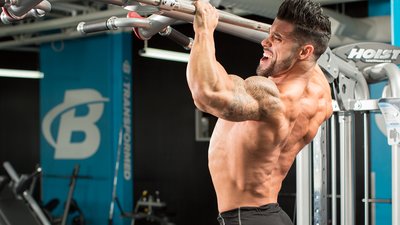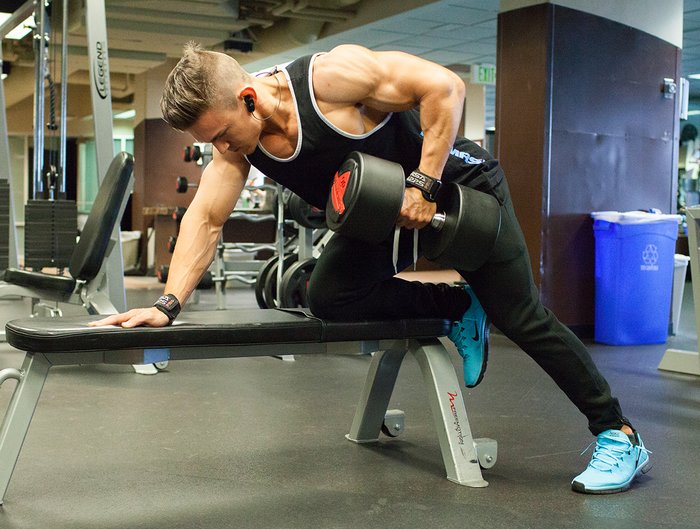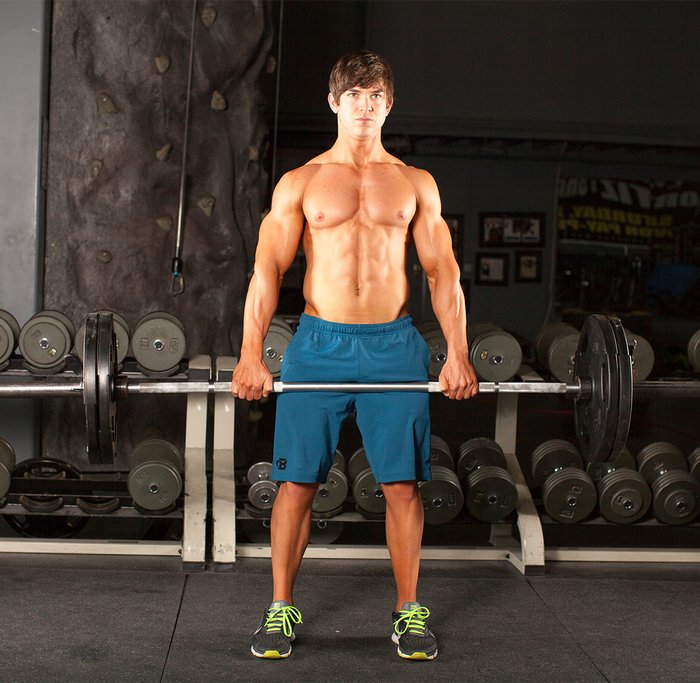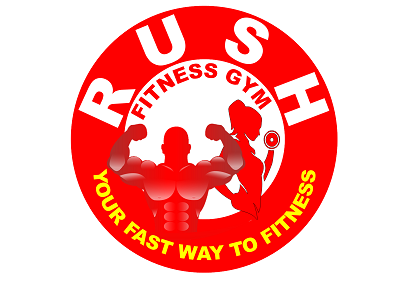To know more about Rush Fitness Gym, ask Your questions Now to Your friendly Rush Fitness Gym Buddy , Click >>>HERE!
Don't forget to share and like!
Lifters use paused deadlifts, just like paused benches, for similar reasons. At least, that's the thought pattern. People say, "You pause in the area where your sticking point is and thus you get stronger and can lift more weight... yada yada yada."
There's a problem with this on deadlifts, however. Bench presses are paused in competition. Deadlifts are not.
In addition, think about the very thing we went over above. We want to train the body to move as explosively through the entire concentric portion of a rep. When brosefs do a paused deadlift, it's often during the concentric portion of the rep. They lift the bar off the floor, then have to decelerate, pause, and continue.
This does meet one criteria: creating more tension within the rep. But it eliminates the factor of needing to train power/explosiveness.
Let's fix that. Simply reverse when the pause in the deadlift occurs – do it on the eccentric (lowering) portion of the rep.
Doing paused deadlifts this way will naturally slow down the eccentric portion of the rep. Incidentally, one of the characteristics of the deadlift that make it somewhat lackluster is that it doesn't offer much in the way of eccentric tension. (There's very little "negative.") And in case you forgot, that's actually where much of your hypertrophy gains are made.
When you purposefully slow down the eccentric portion of the rep, it not only creates more tension, but for most people it'll help them find proper anatomical alignment for a lift. If you've ever done a set of deadlifts and each rep felt a bit different, the culprit is actually how you returned the bar to the floor.
The bar a few inches in front of you, and out of a more ideal leverage advantage, will mean the rep will be harder. That degree of hardness all depends on how many inches you were off from the ideal position.
When you do reverse paused deadlifts, you'll be forced to slow down the eccentric, pause before the bar hits the floor, then perform another rep. This does some amazing stuff for strength development, technique improvement, and muscle growth. That's the trifecta, right?
Don't go crazy on the weight while doing these. The axial loading from a tension perspective is pretty severe. Feel it out. Err on the side of caution. And use these sparingly, perhaps every other deadlift workout, for a couple of sets of five.
Where you pause your deadlift on the return to the floor is really up to you. My advice is to make sure that regardless of where you pause, you maintain a neutral spine at all times, and hold the pause for three seconds each time.
This will make for some nasty sets of deadlifts, and will probably make you hate me and your mother.
Source: www.t-nation.com
The chest might have its own weekly holiday and the arms have an emoji dedicated to them, but what separates the true champions of lifting from everyone else is back development.

Physique shows are won and lost because of the details in the competitors' backs, and nothing says strength like having that width and thickness straining against your shirt. To achieve this, you have to go all out, and this plan is just what the doctor ordered.
Perform this workout once a week, or as a change of pace every once in a while, and you'll wake up everything behind you and get it growing!
You knew these were going to be included and you know why. They work! It's that simple.
The twist is you're going to do 3 sets with a wide grip and 3 sets with a neutral grip. This will help you target the lats from multiple angles. Can't do pull-ups? Use a human assistant for a boost, an assisted pull-up machine, or a band. If you must, use a pull-down machine as a last resort. Body weight not enough? Add weight with chains, a belt, or a vest.
This isn't the barbell row you've seen where guys are ever-so-slightly bent over. This is the old-school version where you pick it up off the floor. You're going to feel this everywhere from top to bottom, which is good.
Don't be afraid to break out straps if you want to go heavy, but don't jerk and use sloppy form. You might be swearing about these over the next few days, but you'll swear by them in a few weeks.
You have to devote attention to each individual side, right? There is nothing better than this move to help you do just that.

Do yourself a favor by paying extra attention to the negative here. Letting the weight drop each rep isn't going to help you, and it might hurt you. Pause at the bottom to feel that deep stretch, then crank it back up again. If you feel momentum taking over, you're going too fast.
If your gym has a pull-over machine, make sure you use that. (Then let your gym owners know that they are awesome, because not nearly enough people have that machine anymore.)
If not, go with the dumbbell variation. Either way, really concentrate on using the lats here and don't focus so much on the weight. That was what the rows and pull-ups were for. Let the stretch go as far as you safely can to maximize your range of motion. Squeeze and hold the contraction for a second before continuing.

What? Deadlifts at the end? Yep, and here's why. Since you've reached the end of the session, your back won't be able to handle as much weight, so you're going to have to really concentrate on the execution, which is the main focus of this program. This will help you develop that lower back and in the long run, your deadlift max should go up.
If your lower back can't handle these, use a rack pull, with the bar set at around knee level. It'll still scorch your lats, upper back, and pretty much everything else.
Source: bodybuilding.com
